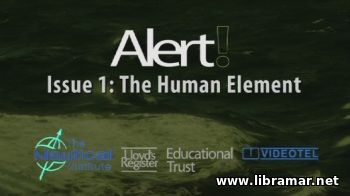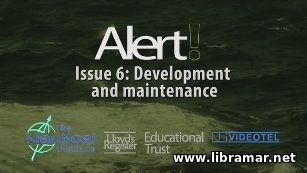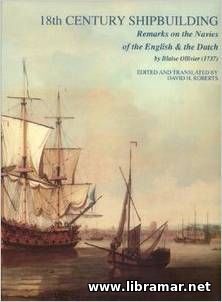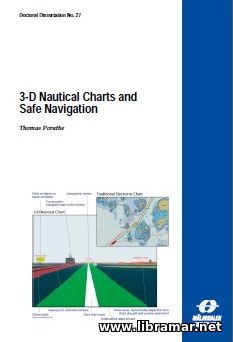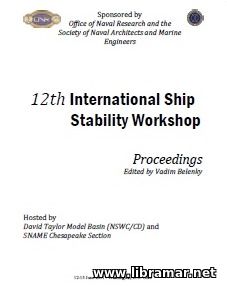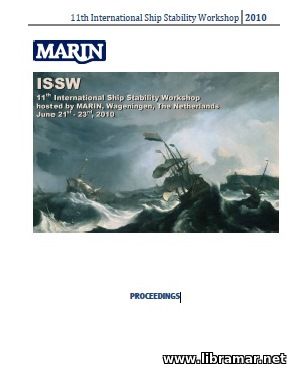
Suppose the ship was completely automatic - no seafarers required, suppose the engines maintain themselves - no people required, and suppose all the cargo did load and discharge itself - untouched by human hands... Unlikely? Well, of course, it is.
Technology may be playing an increasing role in the running of the vessel, but as we all know, how safely and how efficiently the ship is run, is all about people - and so is this issue of Alert. The plight of some seafarers has already been made international headlight. Badly paid, sometimes not paid at all, poor food and accommodation, working on ships managed by people having little or no regard to health, safety and wellbeing.
The MLC 2006 is described by many as a milestone for the international maritime industry. Often referred to as the "seafarers' bill of rights", it addresses the significant issues pf minimum working age, maximum working hours, along with accommodation, health protection, food and catering, medical care, welfare and also social security matters. The Convention is also addressing the current health concerns, for example the effects of vibration and noise on seafarers, and is intended to apply worldwide, be easily understandable, and easy to update and enforce. This video supplements the Alert 18 issue.
